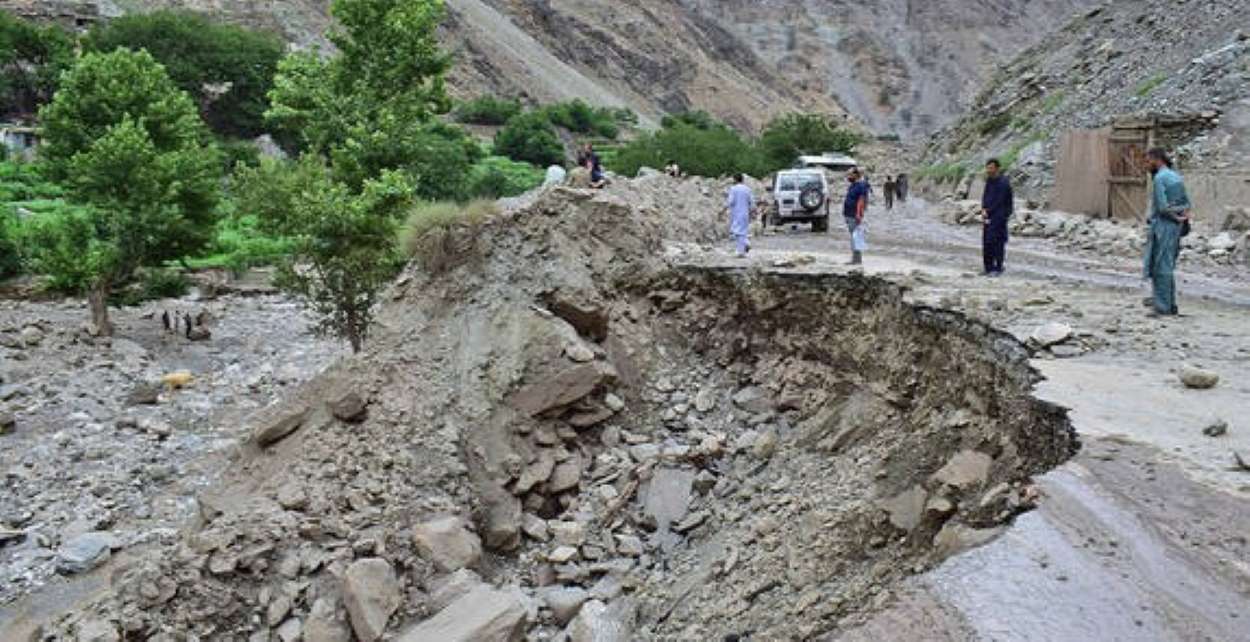On July 31, 2025, the Gilgit-Baltistan (G-B) government declared a state of emergency in 37 flood-affected areas following devastating flash floods triggered by heavy monsoon rains.
The Home Department of Gilgit-Baltistan issued a notification referencing the National Calamities (Prevention and Relief) Act of 1958 to expedite relief efforts. The floods, which have been affecting the region since June, have caused damage amounting to Rs 20 billion. They have claimed the lives of 10 individuals, mostly tourists, injured four people, and left 10 to 15 tourists missing.
Gilgit-Baltistan Affected Areas and Human Impact
The emergency covers:
- Diamer District: 12 locations, including Parri Bangla, Jutal, Danyor, Sultanabad, Bagrote, Sharote, Shikyote, Skarkoi, and Sultanabad KIU Gilgit.
- Gilgit District: Nine areas, such as Hasan Colony, KIU Gilgit.
- Ghizer District: Five spots, including Biarchi, Thoi, Nazbar, Silpi, and Khanchay.
- Skardu District: Four places, like Burgay and Rgiayul.
- Shigar District: Four sites, including Qaimabad, Arincho, and Chutron.
- Ghanche District: Two regions, such as Kondus and Haldi sub-Division, Mashabrum.
- Nagar District: One area, Harchi village.
- Kharmang District: One location, Torghon valley.
The floods have destroyed over 509 homes, agricultural land, crops, roads, bridges, and utilities. Twenty-two vehicles were swept away, exacerbating the crisis in this remote region.
G-B spokesperson Faizullah Faraq reported that rehabilitation has begun with Rs440 million allocated for restoring water, power, and road infrastructure. Relief aid, including tents, blankets, food, and kitchen sets, is being distributed to displaced families. Search operations for missing tourists continue, and the government has appealed for federal support from Prime Minister Shehbaz Sharif to aid recovery.
Pakistan has faced severe flooding since June 2025 due to cloudbursts, glacial lake outburst floods (GLOFs), and intense monsoon rains, with G-B among the hardest-hit areas. This declaration aims to streamline rescue and reconstruction, highlighting the need for improved disaster preparedness in vulnerable regions.






